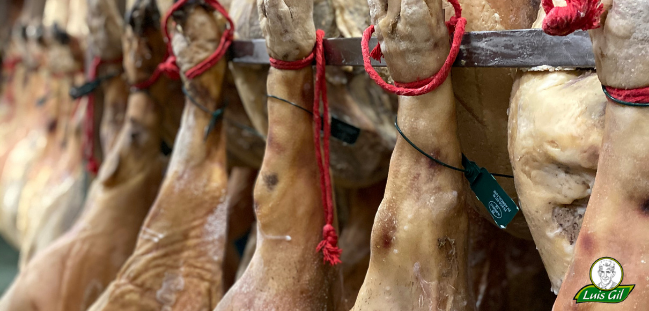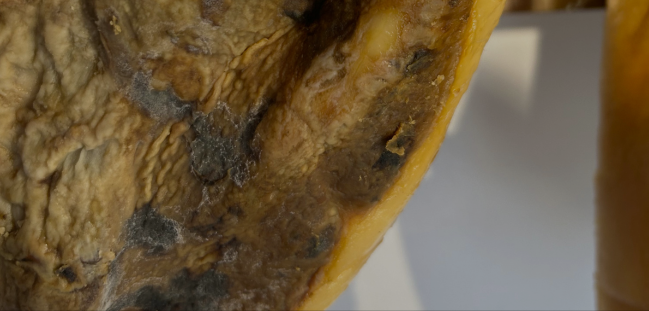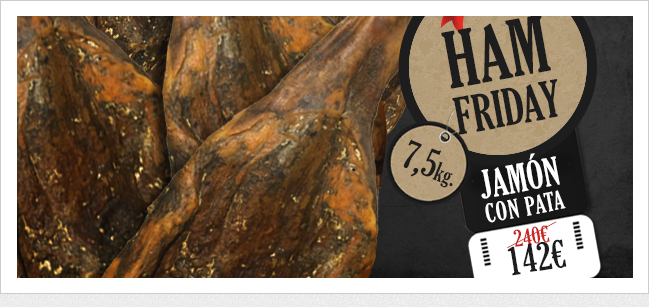We have often received queries about the white spots that sometimes appear on ham. There are many hoaxes and false beliefs surrounding these “strange” little spots and people tend to think that it is a defect, that the ham is in poor condition or that they are parasites. Nothing is further from reality. Keep reading and discover what they are and why they appear.
What are the little white dots that sometimes appear on ham?
These are actually tyrosine crystals, which is one of the twenty amino acids that make up proteins. An amino acid that is formed from another essential amino acid in mammals, phenylalanine.
It is a solid that forms crystals and normally has a whitish color.
Why do they appear?
Its appearance or crystallization takes place when the proteins present in the ham degrade and are divided into some of the amino acids that form them, among them, tyrosine.
Is it safe to consume ham when these white spots appear?
It is completely safe to eat a ham in which these little white dots have been seen, since they are perfectly edible and their appearance does not affect the quality of the ham or its flavor. Normally it can be an indication of a prolonged curing process since they tend to appear in long-cured hams, although sometimes they also do so in quick-cured hams.
So, with the mystery revealed, now you are certain that you can eat and enjoy your ham with complete peace of mind and also knowing that these white dots can be indicative of its quality and a slow and prolonged curing.









